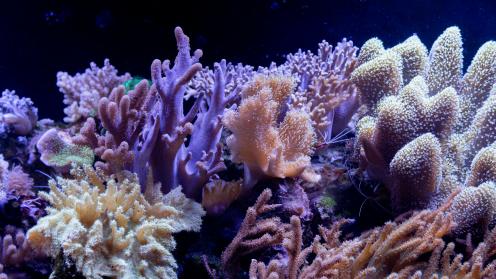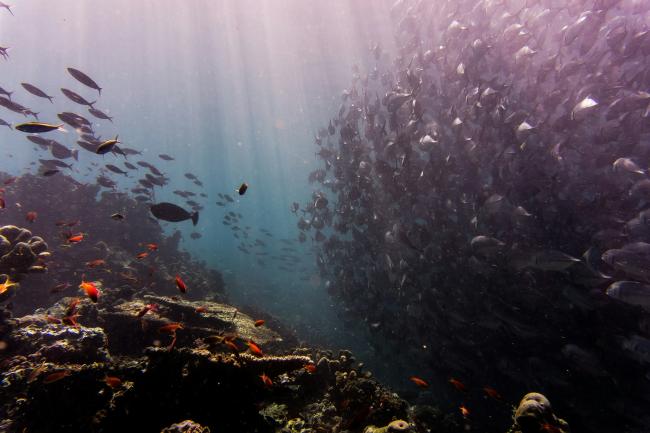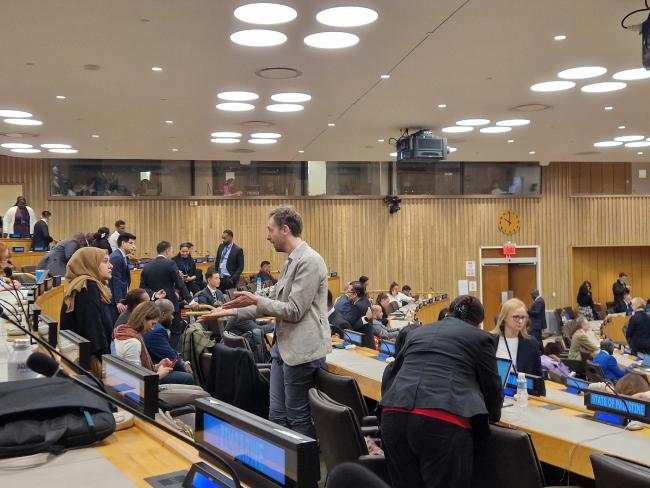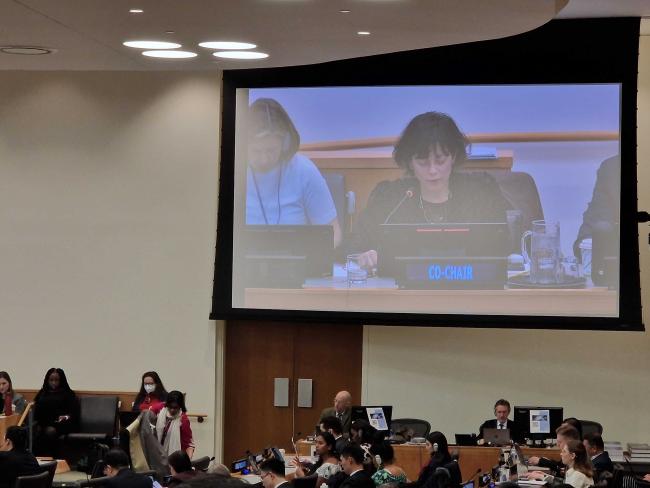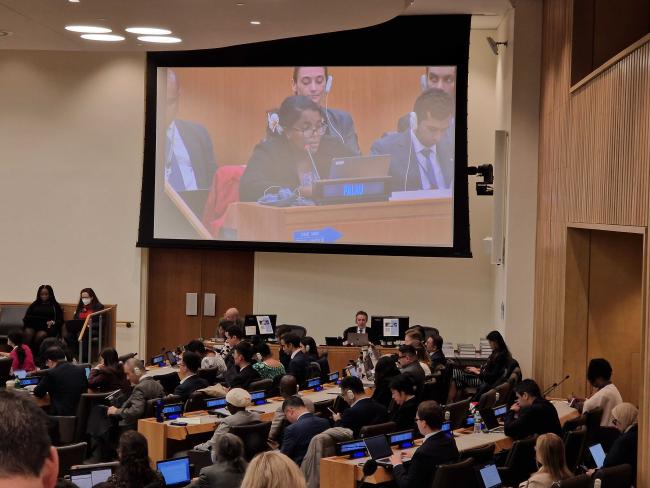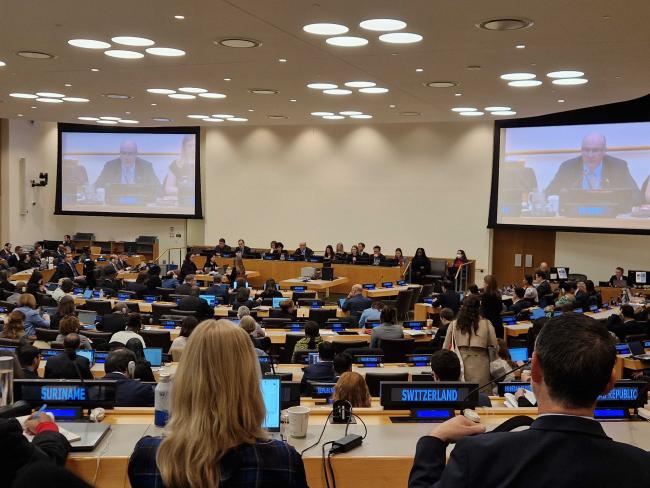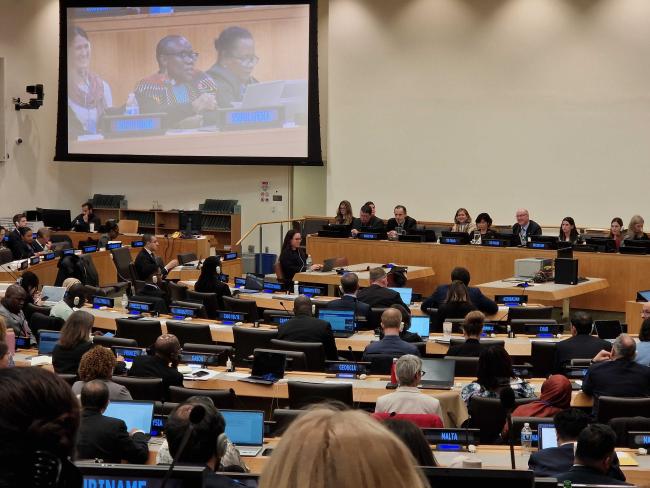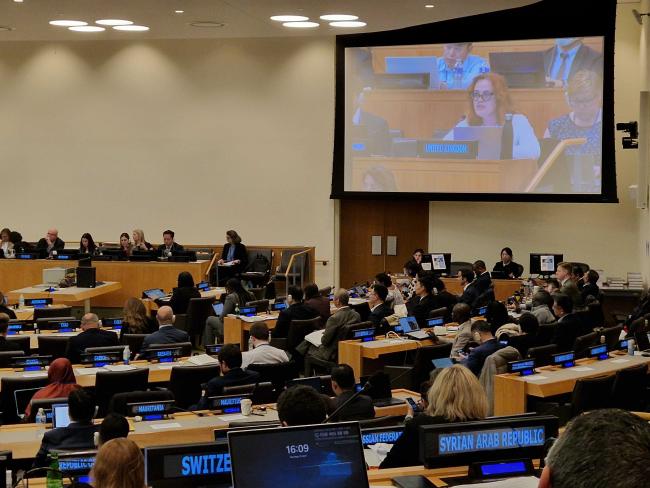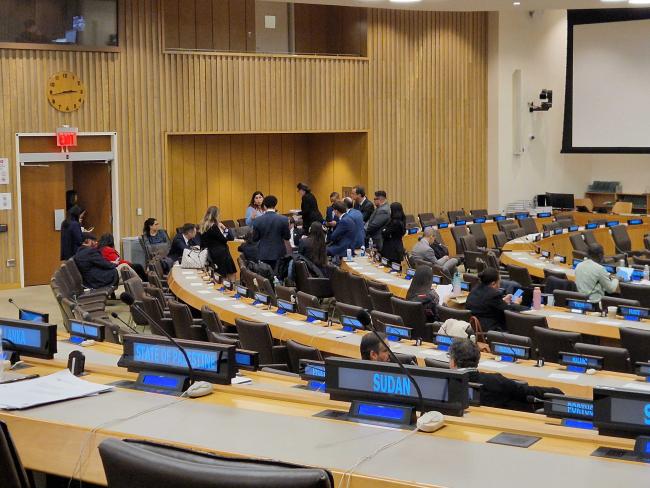For multilateral environmental agreements (MEAs) to come to life, different elements are required. Adoption, signature, and ratification of the treaty text is but one step. Another is setting up the institutional structure that will support the implementation of a new instrument. This is what the Preparatory Commission (PrepCom) for the Agreement on the Conservation and Sustainable Use of Marine Biological Diversity of Areas beyond National Jurisdiction (BBNJ Agreement) considered on the second day of its first session.
In the morning, PrepCom Co-Chair Janine Coye-Felson (Belize) invited reflections on the terms of reference, modalities for the operation of, and rules of procedure for the subsidiary bodies to the Agreement. Broad consensus emerged on a number of issues, including:
- drafting a single document to outline all the elements relevant to the various subsidiary bodies;
- using the rules of procedure of the Conference of the Parties (COP) as a basis for the subsidiary bodies, making adjustments whenever needed to fit the function of the respective body; and
- ensuring the subsidiary bodies are able to interact with each other and with other international frameworks and bodies.
The Pacific small island developing states (P-SIDS) suggested creating an advisory group for the subsidiary bodies to draw on the traditional knowledge of Indigenous Peoples and local communities, with members to be self-selected from among the seven socio-cultural regions.
Delegates also held an initial exchange of views on the selection process for the members of the subsidiary bodies. Discussions touched on issues such as: the size of the various bodies; regional representation, including with regard to seats for SIDS, least developed countries, and land-locked developing countries; gender balance; and what type of expertise is required for each body. The Alliance of Small Island Developing States (AOSIS) and the Caribbean Community (CARICOM) emphasized the participation of early-career ocean professionals. Further deliberations are needed on all these issues, but several delegations underscored the objective of establishing all subsidiary bodies at the first meeting of the COP.
In the afternoon, delegates discussed arrangements for the functioning of the secretariat. They converged on inviting the preparation of a comparative analysis of existing MEA secretariats, examining elements such as their link to the UN, international legal personality, staffing structures, and related financial implications. Highlighting that the human resource and finance needs of the secretariat will evolve with the progressive implementation of the Agreement, delegates emphasized the need to reflect on the budgetary needs for the initial phase.
Delegates also debated the role of the PrepCom in the selection process of the secretariat’s seat, noting that the host will be agreed upon at COP 1.
The Commission will continue discussions on the rules of procedure of the COP and the subsidiary bodies on Wednesday.
To receive free coverage of global environmental events delivered to your inbox, subscribe to the ENB Update newsletter.
All ENB photos are free to use with attribution. For this meeting, please use: Photo by IISD/ENB.
